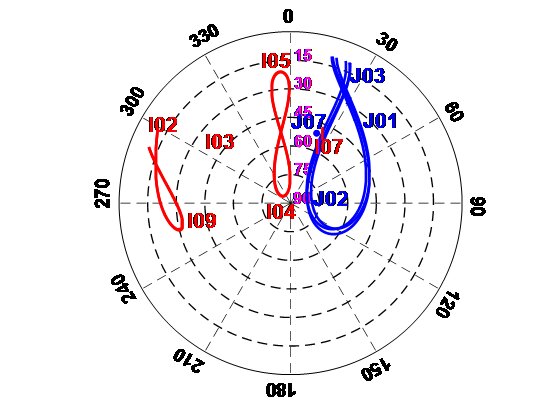November 26, 2019 , Freshscience
We all rely on GPS to tell us where we are and where we're going. The US government's global network of 30+ satellites guides planes, ships, cars, tractors and much more. The latest GPS systems can provide mm- to cm-accuracy using advanced equipment and technique.
But GPS isn't the only game in town. There are other global systems, and regional systems that we can tap into.
Curtin University researchers have explored the potential of regional navigation satellite systems (RNSSs) for Western Australian users. Two such systems are the QZSS operated by Japan and the IRNSS operated by India.
"In areas with limited visibility of satellites form GNSSs, for L5-only RTK positioning, we found that utilizing these RNSS signals in addition can largely improve the positioning results," says Curtin University's Kan Wang. "High-precision positioning is also possible in Western Australia using only the RNSS signals," she says.
The researchers found that using only the Japanese and India regional systems, they could achieve millimeter to centimeter precision for short-baseline RTK positioning. In environments requiring high elevation mask, the improvements in the single-frequency (L5) RTK positioning are shown to be significant adding the RNSS signals to those of the GPS and the Galileo.
They concluded that these regional services could complement GPS and benefit the Western Australian users in diverse positioning applications.
Provided by Freshscience


